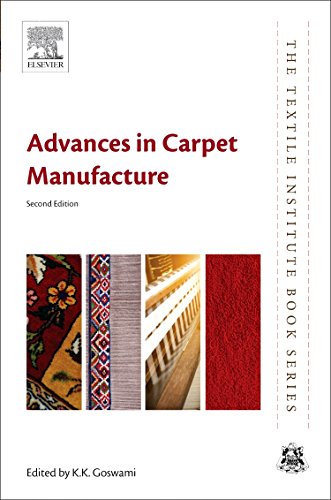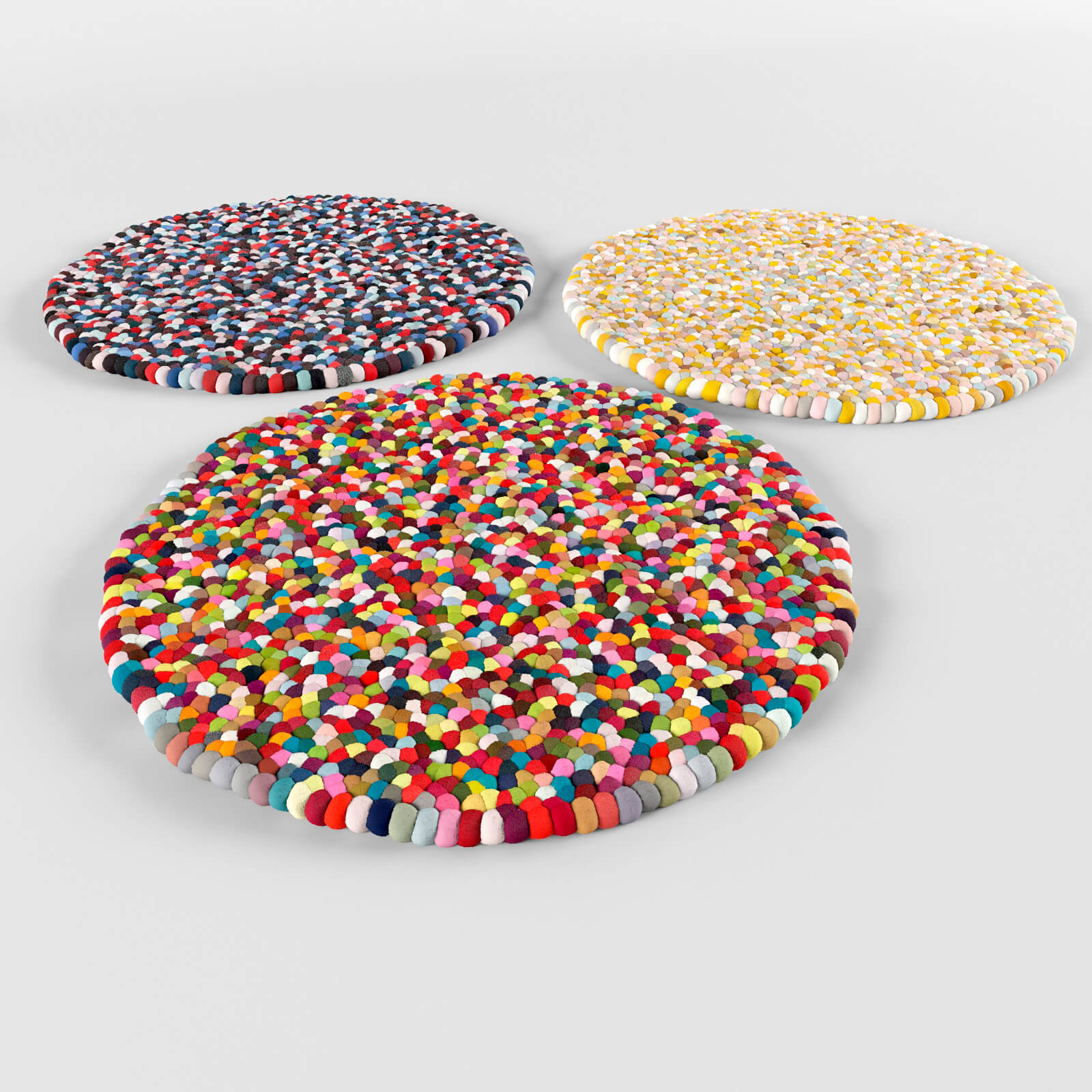Carpets: A Guide to Materials
Carpets, a ubiquitous feature in homes and businesses, come in a wide array of materials that each possess their own unique aesthetic and functional characteristics. From synthetic fibers to natural ones, these materials contribute significantly to the overall look and feel of the carpet.
1. Natural Fibers

Natural fibers such as wool, cotton, and silk have long been used for their resilience, softness, and natural beauty.
Wool: Widely used for its durability and ability to maintain its appearance, wool is naturally stain-resistant and flame-retardant. It also offers good insulation against both heat and cold.
Cotton: A more affordable option that is still highly durable. Cotton fibers are breathable and resist moisture, making it a good choice for high-traffic areas.
Silk: Known for its sleek and elegant appearance, silk is much softer than other natural fibers. However, it is not as durable and requires more maintenance.
2. Synthetic Fibers
Synthetic fibers, like nylon, polyester, and acrylic, offer an economical alternative to natural fibers while maintaining high levels of performance and aesthetics.
Nylon: A strong and resilient material that is often used in high-traffic areas. It is also highly resistant to moisture and stains.
Polyester: Polyester offers good resistance to fading and is highly affordable. It is often used in mass-produced rugs due to its cost-effectiveness.
Acrylic: Acrylic is known for its softness and resemblance to wool. It is less expensive than wool and takes dyes well, providing a wide range of color options.

3. Hybrid Materials
Hybrid materials combine the best of both natural and synthetic fibers to create a carpet that offers superior performance and aesthetics.
Linoleum: A type of hybrid material made from cork dust and linseed oil, linoleum is both durable and eco-friendly. It is often used in commercial settings due to its high level of durability.
Bamboo: Bamboo is a rapidly renewable material that is becoming increasingly popular for its sustainability and natural antibacterial properties. It is often used in eco-friendly carpet designs.
4. Pile Types
The pile, or the surface loops that make up the carpet, can vary in length, thickness, and shape, significantly impacting the overall look and feel of the carpet. The most common types of pile include loop pile, cut pile, and mixed pile.
Loop pile: The loops are left intact, resulting in a more formal and sleek appearance. This type of pile is often used in business settings.
Cut pile: The loops are cut at the top, resulting in a softer and more casual appearance. This type of pile is commonly found in residential settings.
Mixed pile: As the name suggests, this type of pile combines both loop and cut piles to create a multi-textured effect. It offers the best of both worlds, providing a unique and interesting aesthetic.

5. Weave Types
The weave of the carpet also significantly impacts its overall appearance and performance. The most common types of weaves include plain weave, basket weave, and diagonal weave.
Plain weave: The simplest type of weave, resulting in a more affordable carpet. It is commonly used in residential areas that require a basic level of decoration.
Basket weave: A more complex weave that creates a pattern resembling a basket or grid. This type of weave is often used in decorative areas where a higher level of detail is desired.
Diagonal weave: As the name suggests, this type of weave creates a diagonal pattern that gives the carpet a more modern and sleek appearance. It is often used in contemporary settings.
Conclusion
When it comes to selecting a carpet for your home or business, it is essential to consider not only the material but also the pile type and weave type. By understanding these three aspects, you can narrow down your options to find the perfect carpet that not only meets your needs but also enhances the overall aesthetic of your space. Whether you prioritize durability, comfort, or aesthetics, there is a carpet material out there that is perfect for you.
Articles related to the knowledge points of this article:
Title: The Art of Tie Knots: A Cultural Encyclopedia
Title: The Art of Crafting Woven Wonders: An Insight into the World of Tie Factories
Womens Lightweight Down Jacket: Fashion and Warmth in Winter
Title: Dreaming of a Silk Scarf: What Does It Mean?
Title: Revamped Silk Scarf: A Timeless Fashion Accessory with Unmatched Elegance



